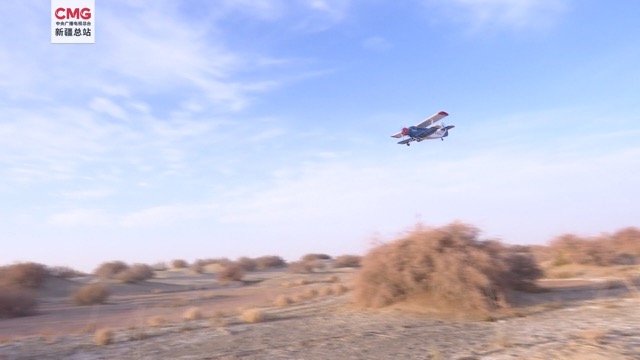Aerial Seeding of Diversiform-leaved poplar and Rose Willow in Taklimakan Desert
In the past two days, Alar City, Xinjiang, which is located on the northern edge of Taklimakan Desert, began planting trees on 50,000 mu of local desert by aerial seeding. This is the first attempt in China to use large-scale fixed-wing aircraft and tree “seed balls” to carry out large-scale aerial seeding afforestation in desertification areas.

At Alar General Airport, the staff would weigh and load the synthetic ““seed balls”” containing pre-processed tree seeds and nutrient soil into the aircraft storage boxes. To ensure the survival rate of trees in this desert aerial seeding afforestation, Alar City cooperated with the Shaanxi University of Technology and other universities to conduct aerial seeding experiments on 6,000 mu of desertification land in advance this summer, measuring the best sowing ratio per unit flight distance, for the accumulation of data for the 50,000 mu desert afforestation.
It is understood that the trees planted in the Taklimakan Desert by aircraft include Diversiform-leaved poplar, rose willow (Tamarix ramosissima Ledeb) and other drought and salt tolerant tree species. Alar City will complete the afforestation task by aerial seeding in 50,000 mu of desert by the end of December. In the next five years, the local government will continue to strengthen the promotion of aerial seeding afforestation and strive to complete the greening work in 300,000 mu of desert area.




